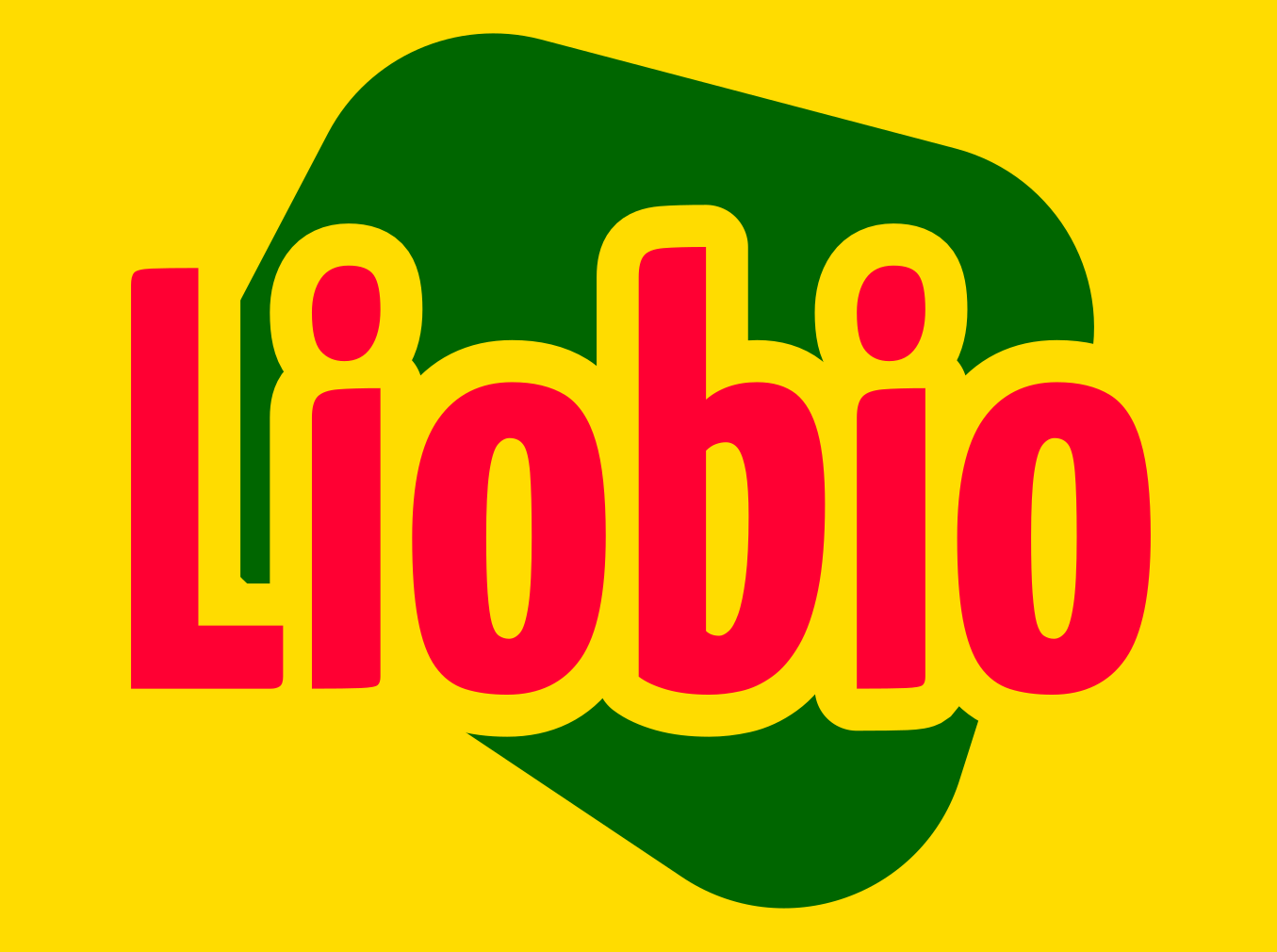A lightsaber is more than just a blade—it is a carefully crafted weapon, made up of intricate components that bring it to life. Whether you're a Jedi, Sith, or an avid Star Wars fan, understanding the essential lightsaber parts is key to designing a functional and visually stunning saber.
In this guide, we'll break down the essential components of a lightsaber, explore customization options, and help you choose the best parts for your build.
Essential Lightsaber Parts and Components
Building a custom lightsaber requires an understanding of its core parts. Each component plays a crucial role in the weapon’s aesthetics, performance, and durability.
1. Lightsaber Hilt
The hilt is the base of the lightsaber, acting as the grip and housing for all internal components. Different hilt designs cater to various fighting styles and aesthetics:
-
Standard Hilts: Traditional cylindrical designs used by Jedi.
-
Curved Hilts: Designed for precision and dueling, favored by Count Dooku.
-
Double-Bladed Hilts: Extended hilts for dual-blade combat like Darth Maul’s saber.
-
Crossguard Hilts: Featuring side vents, popularized by Kylo Ren.
2. Chassis System
The lightsaber chassis is a crucial internal framework that secures all electronic components. It protects the battery, soundboard, and wiring, ensuring stability and longevity.
3. Blade and LED System
The blade is the defining feature of a lightsaber. Different types include:
-
Standard LED Blades: Durable and fixed-color blades for basic use.
-
RGB Blades: Change colors dynamically for customization.
-
Neopixel Blades: High-tech lighting for realistic ignition effects and vibrant colors.
4. Power Source
A reliable power source ensures your lightsaber functions properly. Popular choices include:
-
Rechargeable Lithium-Ion Batteries: Offer long battery life and easy charging.
-
Replaceable Batteries: Convenient for quick swaps during extended use.
5. Soundboard and Speaker System
Sound brings a lightsaber to life, providing the signature hum and clash effects. Custom soundboards allow for:
-
Smooth Swing Technology: Dynamic sound based on movement.
-
Multiple Sound Fonts: Choose different ignition and battle effects.
-
Blaster Deflection & Clash Sounds: Enhancing realism in dueling.
6. Switches and Activation Buttons
Activation switches control the power and blade effects. Common types include:
-
Standard Button Activation: Simple push-button mechanism.
-
Touch-Sensitive Switches: Sleek, modern controls for seamless activation.
-
Kill Switches: Prevents accidental activation and conserves battery.
Customizing Your Lightsaber
One of the best aspects of building a saber is customization. Here are ways to make your lightsaber unique:
-
Custom Hilts: Engrave personal designs or add unique textures.
-
Blade Colors: Swap between classic blue, red, green, or rare colors like purple and yellow.
-
Grip Enhancements: Use leather, rubber, or metal wraps for better handling.
-
Weathering & Paint Jobs: Create a battle-worn or sleek modern finish.
Choosing the Best Lightsaber Parts
When selecting lightsaber parts, consider your intended use:
-
For Collectors: Focus on detailed designs and high-end electronics.
-
For Cosplayers: Prioritize aesthetics and lightweight components for easy carrying.
-
For Dueling: Choose durable hilts, reinforced blades, and strong battery life.
Conclusion
Building a custom saber is an exciting journey, and choosing the right lightsaber parts is crucial for creating a masterpiece. Whether you want a saber for display, cosplay, or dueling, understanding the components allows you to design a weapon that is both functional and personal. Explore different parts, experiment with designs, and forge a saber that represents your inner Jedi or Sith!


